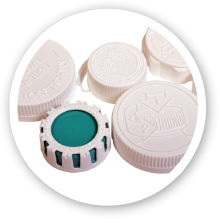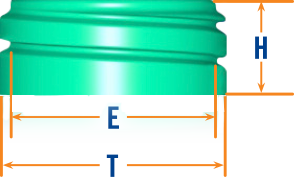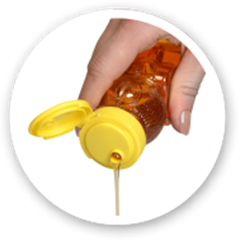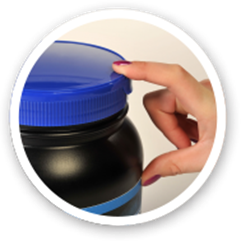
What is a Plastic Closure?
-
A cap that mates to a container finish to seal the container closed
-
Closures allow a consumer to open a package, access the contents and reseal the package
-
Some have liners to assist in sealing and others have linerless sealing features
Some Key Considerations For Building Shelf Impact

Consumer influence on your package design requirements

Retailer influence on your package design requirements

Brand influence on your package design requirements

What are the functional requirements needed for your package?

What is the filling process?
Types of Plastic Closures

Child Resistant
Helps to protect children from ingesting the package contents.

Dispensing
Helps consumers easily dispense package contents.

Continuous Thread
Applicable for any company with multiple size and finishes for every package.

Tamper Evident
Allows the consumer to detect if the package has been opened.

T – is the inside diameter wall of the closure without the thread (the largest inside diameter)
E – is the diameter inside the closure across the face of the threads (the smallest inside diameter)
H – is the inside height of the closure
Finish T – diameter across thread faces (largest diameter)
Finish E – Diameter of the wall from which the threads protrude (smallest diameter)
Finish H – height of the finish
Functionality Matters

Sealing the content of the package:
Liner choice
Buit-in seal
Need to provide a seal?

Ease of opening

Ease of access to product

Level of control over product dispensing

Re-closure

